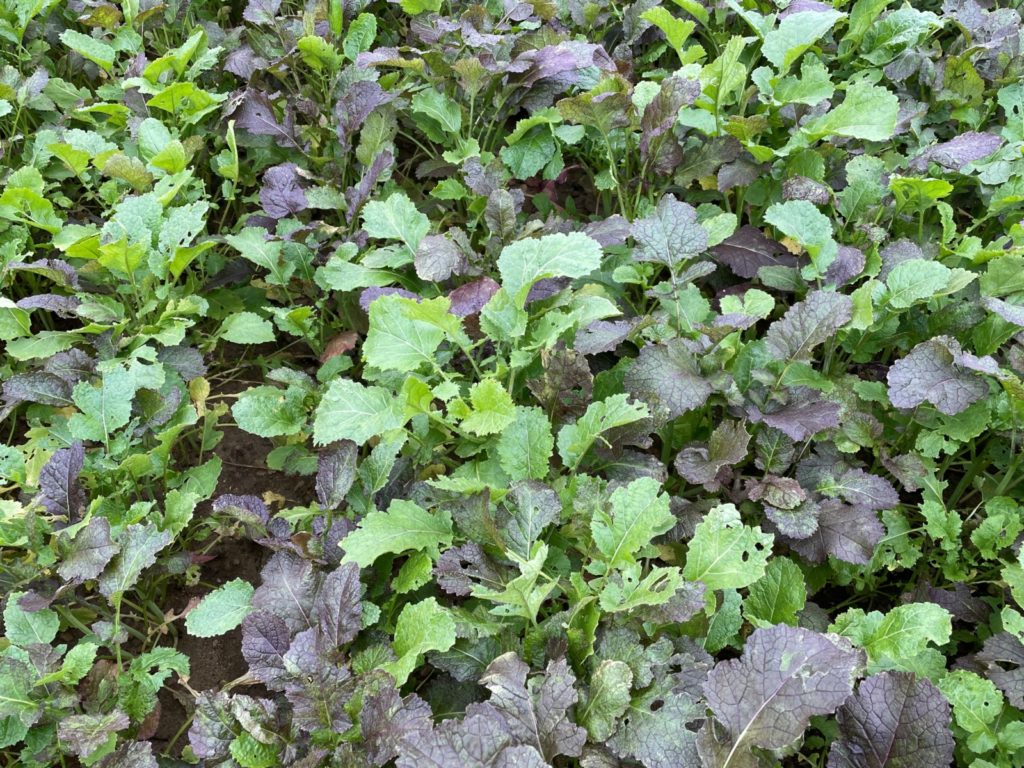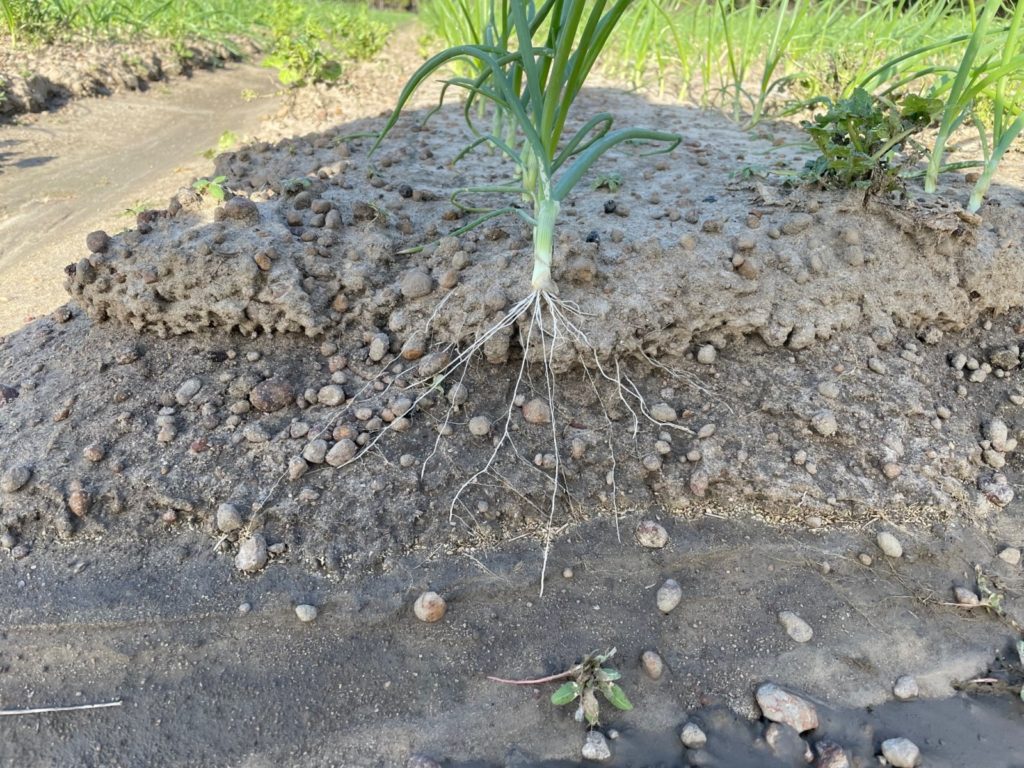
Happy New Year to everyone. We have all of our onion trials planted now, and all of our onions look like they are off to a good start. I wanted to give everyone a few updates on what’s been going on here at the VOVRC and around the area.
Onion Session at the SE Regional Fruit and Vegetable Conference
I hope to see some of you at the Fruit and Vegetable Conference in Savannah on January 6-9, 2022. The Vidalia Onion session will be held on Saturday, January 8, 2022 beginning at 9 am. Here is the schedule below.
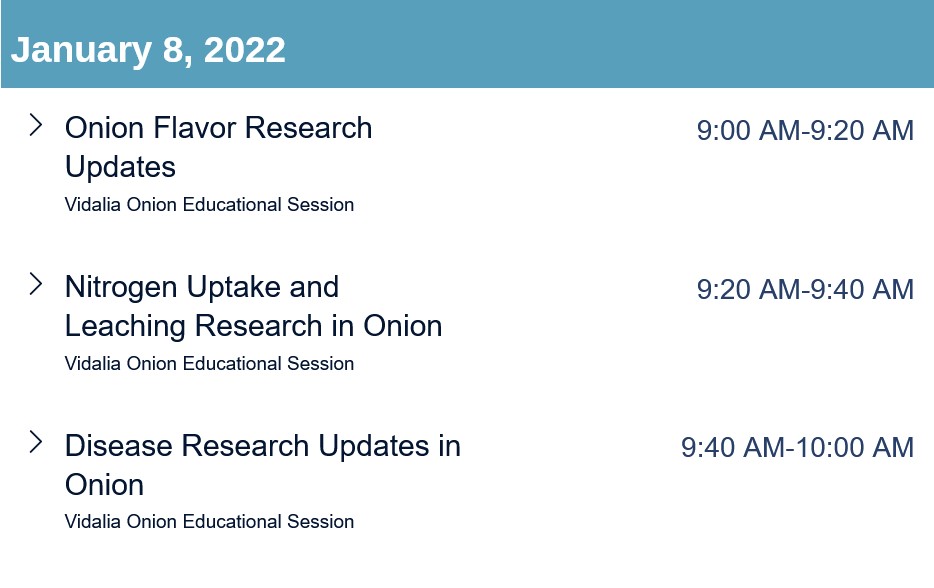
Some Heavy Rainfall Recently
Many of you in the area felt the effects of the storm front that came through our area on January 2nd. There was heavy rainfall and high winds in much of the area. The weather station at the VOVRC recorded over 4.5 inches of rain, which fell in a short period of time. Our weather station recorded wind gusts of 45 mph, also.
Within the last week, we have received 5.88 inches of rain here at VOVRC. Needless to say, it is wet over here!
The rough weather is evident on the onions here at the VOVRC and in the area. It is easy to find “bruising” or some damaged tissue on the onion leaves. It appears to be only showing up on one side of the leaf (the side exposed to the wind, rain, sand, etc.). At first glance, this bruising looks similar to botrytis leaf blight (we have seen a little bit of that, too).
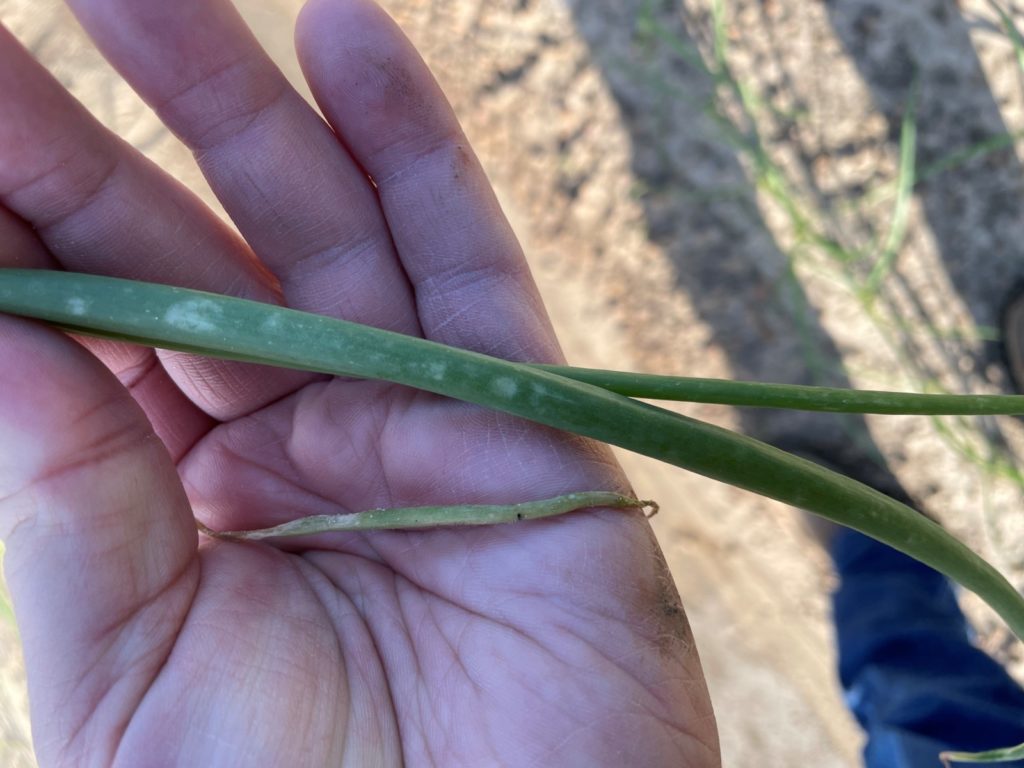
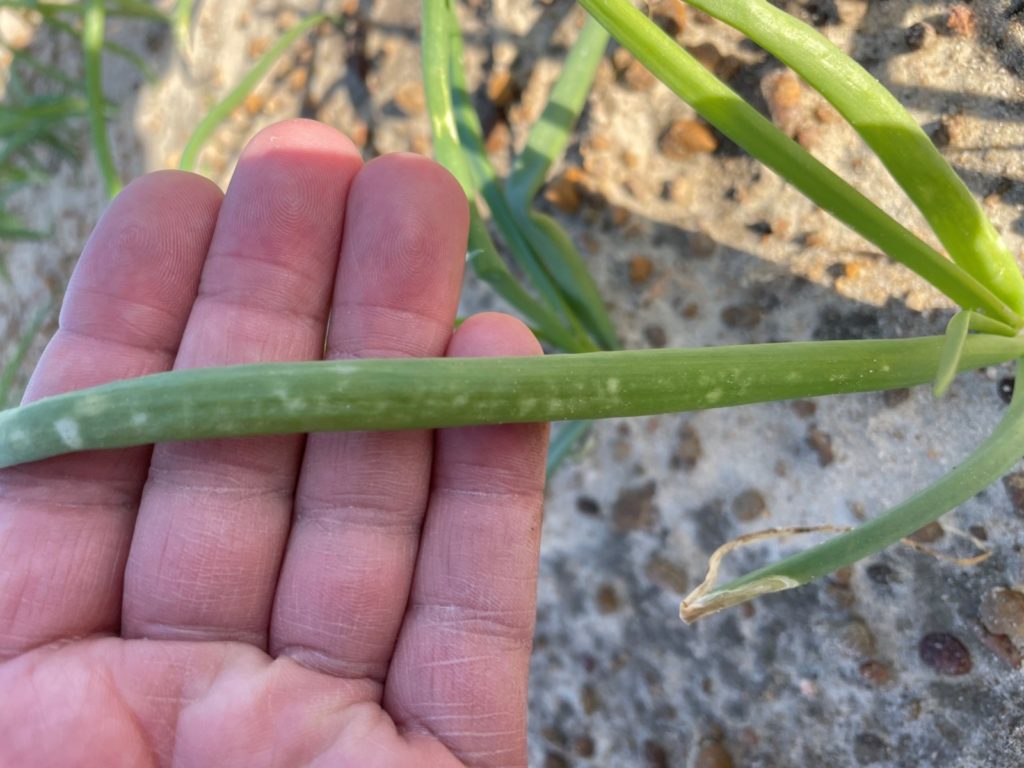
Weather, Onion Growth, And Some Botrytis Seen
So far, the weather has been back and forth between cold and warm. We started out on the cool side during planting, but it really warmed up before Christmas and has remained warm. Our “heat unit” accumulation at this point is slightly above average. Another cold front is expected going into the 2nd week of January. Many growers have commented that their onions have grown alot recently and the tops are “bigger than they want them to be” or bigger than expected. The long term outlook is calling for a “La Nina” weather pattern, which is usually indicated by warmer and drier weather over the winter. However, we still have a long way to go, and it is still early in the season to starting making any big predictions.
The warm spell at the end of the year has also promoted some botrytis leaf blight development in the crop. So far, the levels appear to be low, but I do want you to be aware that some is out there.
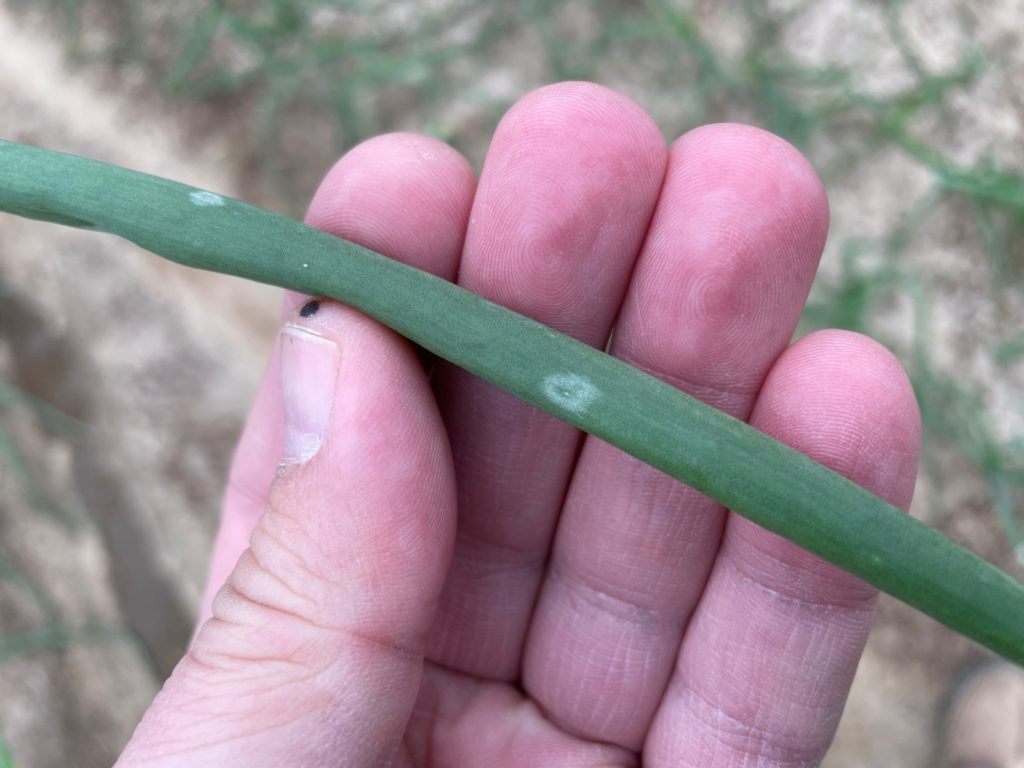
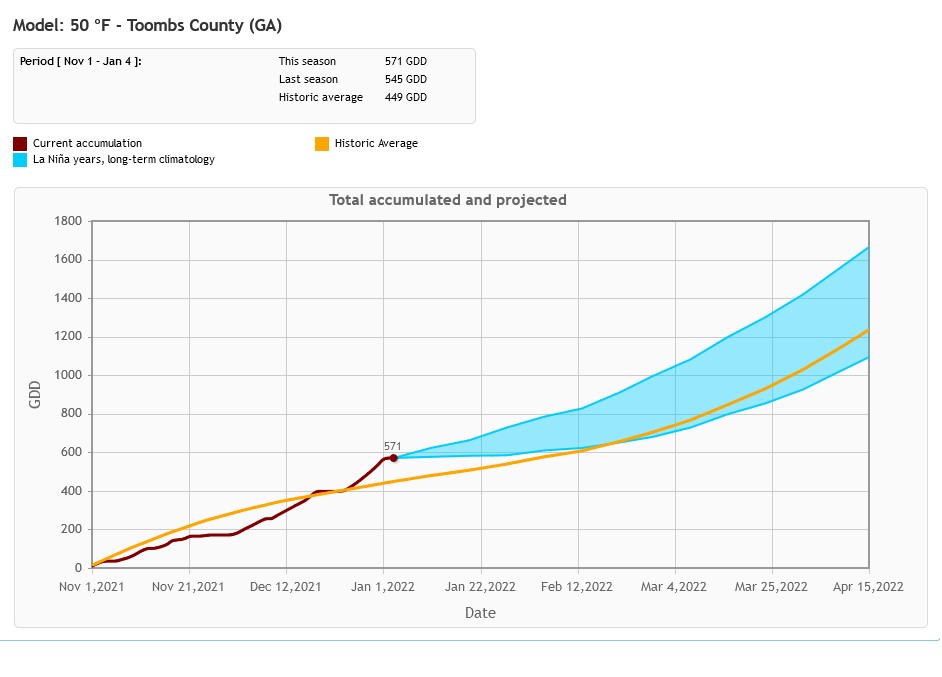
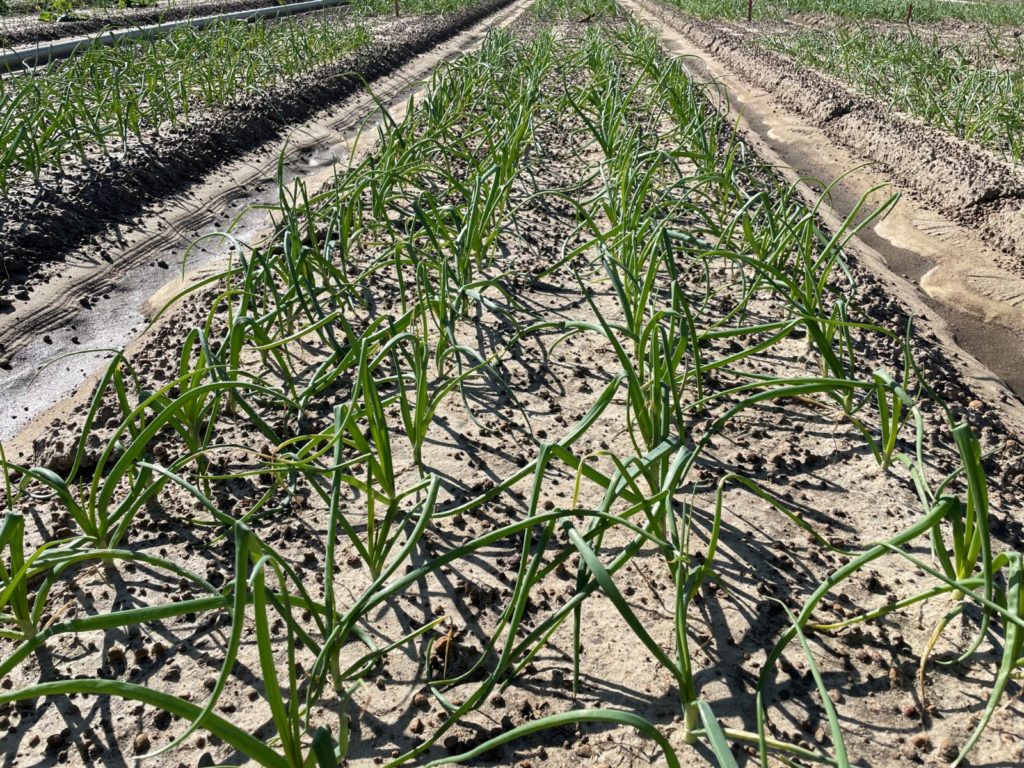
Direct Seeded Onions
I am growing another 1/2 acre patch of direct seeded onions again this year. I grew some last year and was pleased at how they turned out. This year I am going to attempt to grow them without hand-pulling weeds. I have a healthy population of wild radish (or as most folks around here call them, “wild turnips”). I have been applying Goal herbicide to keep them knocked back. We started applying low rates of Goal at the 2-3 leaf stage, and have just made our 4th application of Goal. So far, it seems like we have them under control. I’ll keep yall updated. Some photos below:
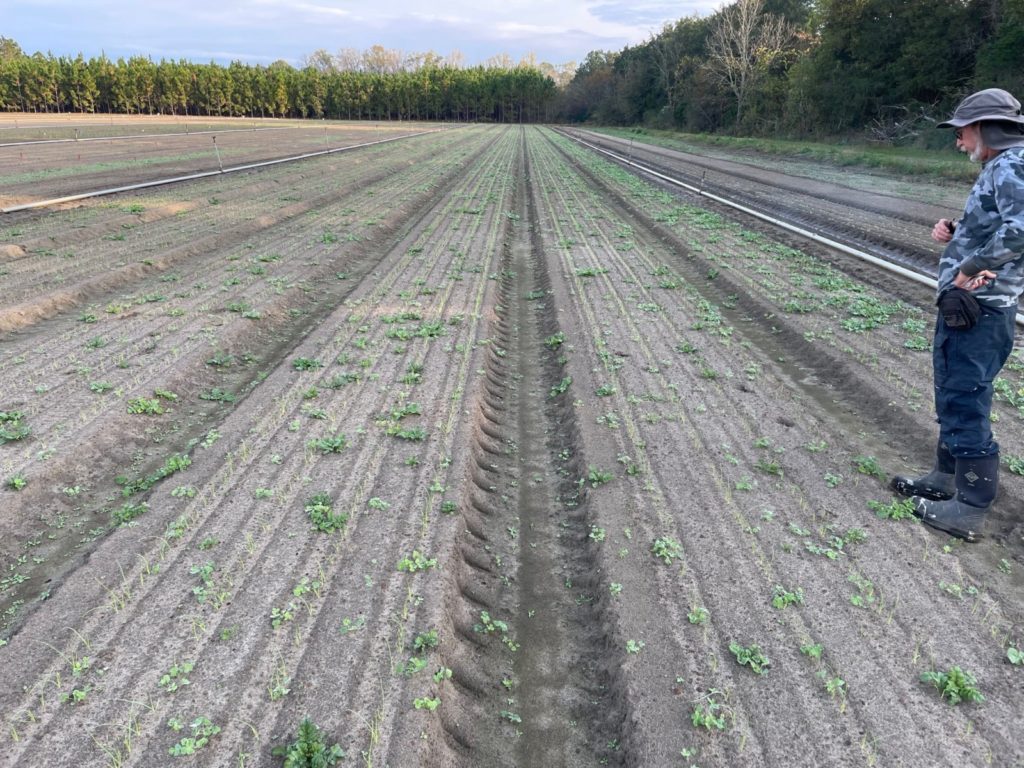
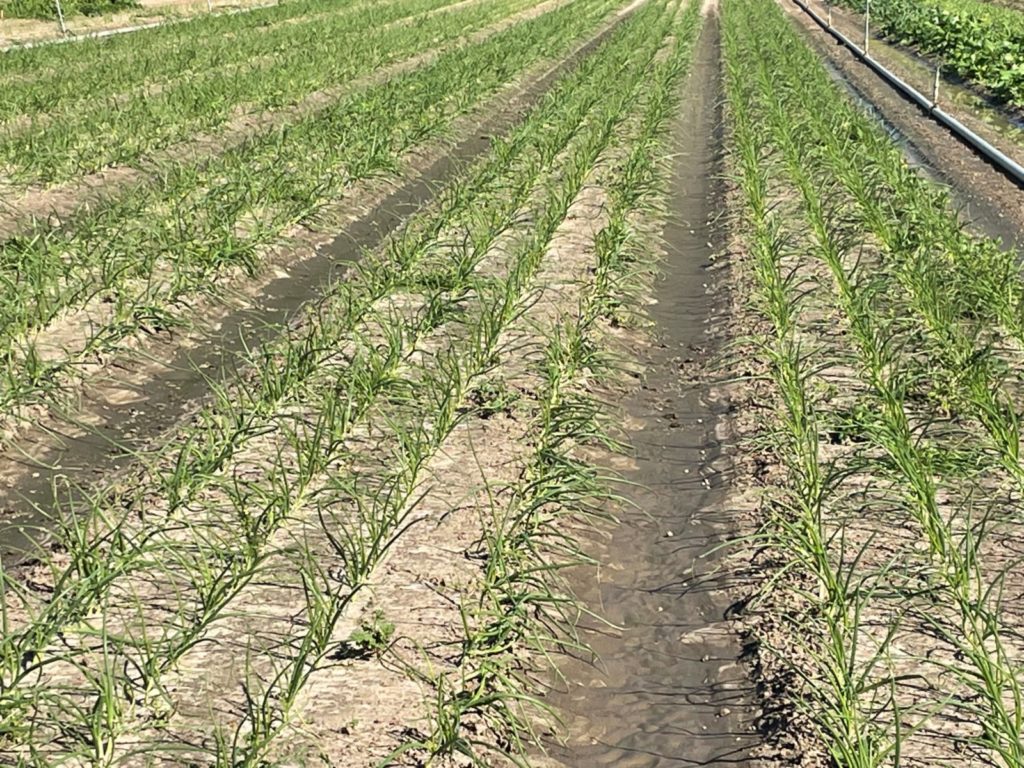
Cover Crops at VOVRC
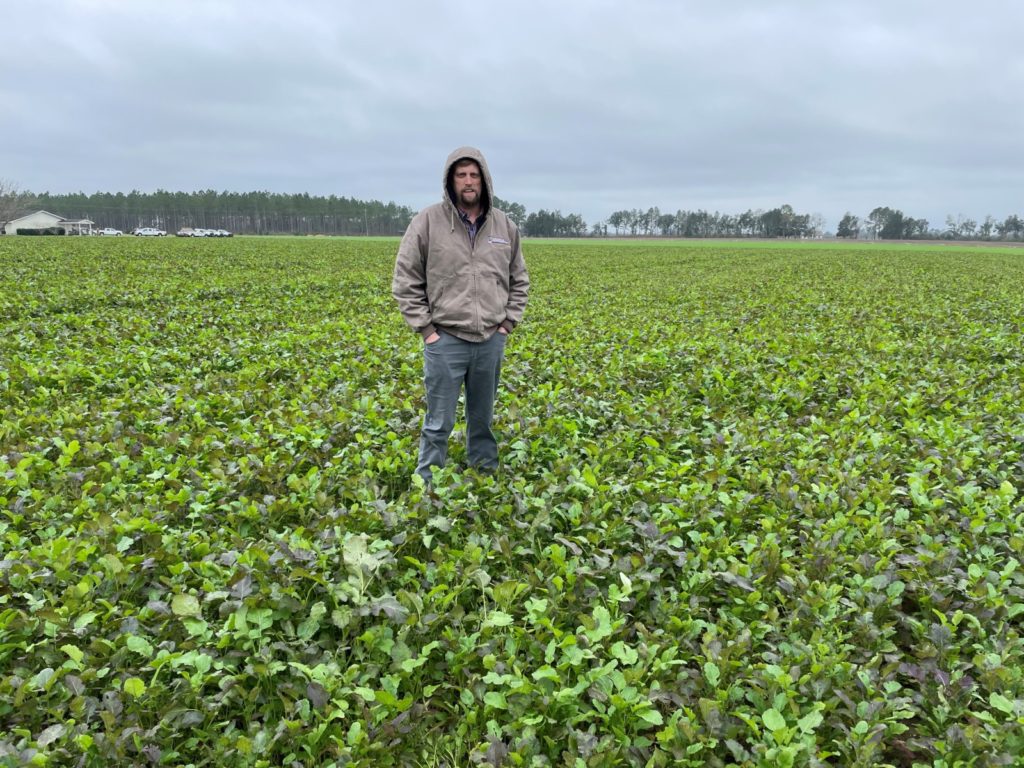
If you have been to the VOVRC lately, you may have seen some of the cover crops we have tried out recently. This past summer, we planted some sunn hemp, sorghum-sudan grass, soybeans, buckwheat, iron clay peas, and biofumigant mustard throughout the farm.
We planted some more of the biofumigant mustard this fall to see how it did here as a winter crop. So far, it seems to grow well here. You can read more about the mustard with a link to the company’s website: https://www.hpseeds.com
I am particularly interested in winter cover crops here at the VOVRC because I want something to deter primrose and wild radish/wild turnip growth on ground that is fallow during the winter.
